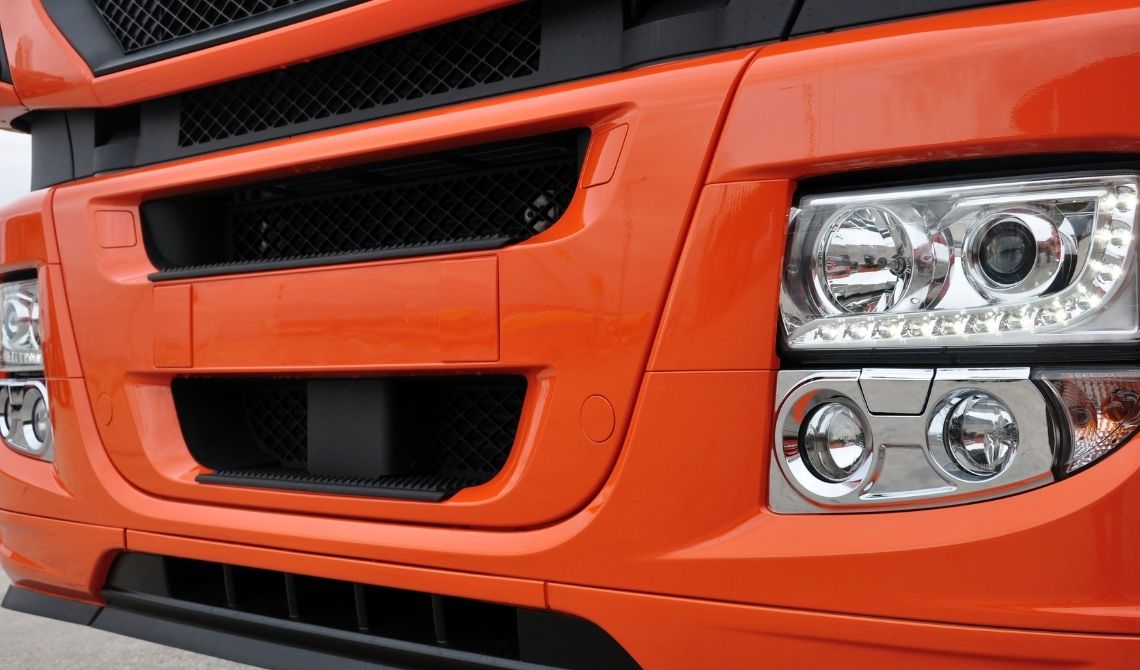Truck deer guards, often called grille guards or bull bars, stand as silent protectors on the front lines of highway safety. This comprehensive exploration unveils the significance of these truck body parts, delving into their functions, types, materials, installation, and the critical role they play in mitigating the risks of collisions with wildlife, particularly deer, on the open road.
I. The Crucial Role of Truck Deer Guards:
- Wildlife Collision Prevention: Truck deer guards are designed to minimize damage caused by collisions with wildlife, especially deer. Positioned at the front of the truck, these guards act as a barrier, reducing the likelihood of a deer impacting the vehicle’s crucial components.
- Preserving Aesthetic Appeal: Beyond their protective function, deer guards contribute to the aesthetics of trucks. Available in various designs and materials, they enhance the visual appeal of the vehicle while serving a practical purpose.
- Defending Against Smaller Debris: Deer guards are not solely for large animals. They also act as a shield against smaller debris like rocks, branches, or other road debris that could potentially damage the vehicle’s front-end components.
II. Types of Truck Deer Guards
- Full Grille Guards: Full grille guards provide comprehensive coverage, extending from the front bumper to the top of the grille. These guards offer maximum protection against deer and other wildlife, as well as added defense in off-road conditions.
- Center Grille Guards: Center grille guards focus on protecting the central area of the truck’s front end. While offering a more streamlined look, they still provide effective defense against deer collisions and smaller debris.
- Bull Bars: Bull bars are smaller, tubular guards that cover the front center of the truck. They are particularly popular for trucks and SUVs, offering a balance between protection and aesthetics.
- Ranch-Style Guards: Ranch-style guards combine a full grille guard with additional protection for the headlights. These guards are favored for their rugged appearance and enhanced defense against deer and brush.
III. Materials Used in Truck Deer Guards
- Steel Deer Guards: Steel is a common material for deer guards due to its strength and durability. Steel guards provide robust protection, making them suitable for heavy-duty trucks that frequently travel through areas with high deer populations.
- Aluminum Deer Guards: Aluminum guards offer a lighter alternative without compromising on strength. They are corrosion-resistant, making them suitable for regions with high humidity or exposure to road salt.
- Polymer Deer Guards: Some guards are constructed from polymer materials, offering a lightweight and impact-resistant solution. Polymer guards are often chosen for their flexibility and ability to absorb impact energy.
IV. Installation Considerations
- Professional Installation: While some deer guards are designed for easy DIY installation, others may require professional installation to ensure proper fit and alignment. Professional installation also guarantees that the guard does not interfere with other vehicle components.
- Compatibility with Sensors: Trucks equipped with advanced safety features, such as parking sensors or adaptive cruise control, need deer guards that do not interfere with these systems. It’s crucial to choose guards specifically designed to accommodate such sensors.
- Legal Considerations: Before installing a deer guard, it’s essential to check local regulations, as some areas may have restrictions on the use of certain types of guards. Ensuring compliance with legal requirements prevents potential issues with law enforcement.
V. Effectiveness and Limitations
- Reducing Collisions: Deer guards have been proven to reduce the severity of collisions with deer. By absorbing some of the impact energy and preventing the animal from reaching the windshield or other critical components, these guards can minimize damage and increase safety.
- Limitations in High-Speed Collisions: While effective at lower speeds, deer guards may have limitations in high-speed collisions. At highway speeds, the force of impact can still result in significant damage, emphasizing the importance of maintaining a safe and cautious driving speed in deer-prone areas.
- Enhanced Visibility: Some argue that deer guards may obstruct the driver’s view or affect airflow to the engine. However, many modern designs prioritize both protection and visibility, ensuring that the guard does not compromise the driver’s line of sight.
VI. Aesthetic Considerations
- Customization Options: Truck owners can choose from a variety of designs and finishes to customize the appearance of their deer guards. This allows for personalization that aligns with the overall style and branding of the truck.
- Integrated Lighting: Some deer guards come with integrated lighting options, such as LED light bars. This not only enhances the aesthetic appeal but also provides additional illumination, especially useful for nighttime driving in rural areas.
VII. Conclusion
Truck deer guards, often underestimated in their importance, stand as guardians against the unexpected on highways. From reducing the risk of collisions with deer to adding a touch of personal style, these guards contribute to both safety and aesthetics. As drivers navigate through diverse terrains, the role of deer guards in protecting vehicles and preserving their visual appeal remains a testament to their significance in the world of trucks.
For detailed information: Truck Body Parts Deer Guards


